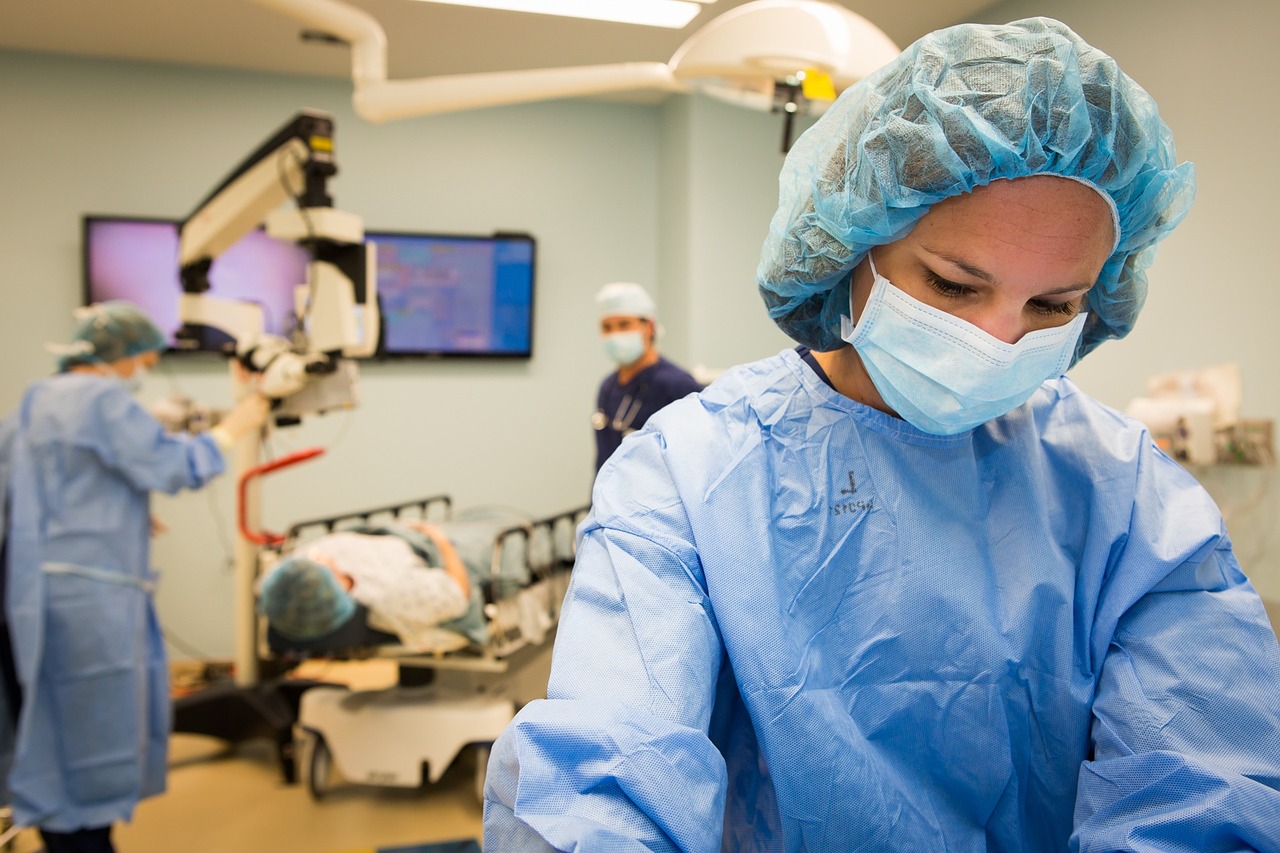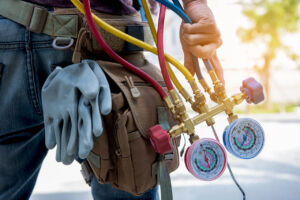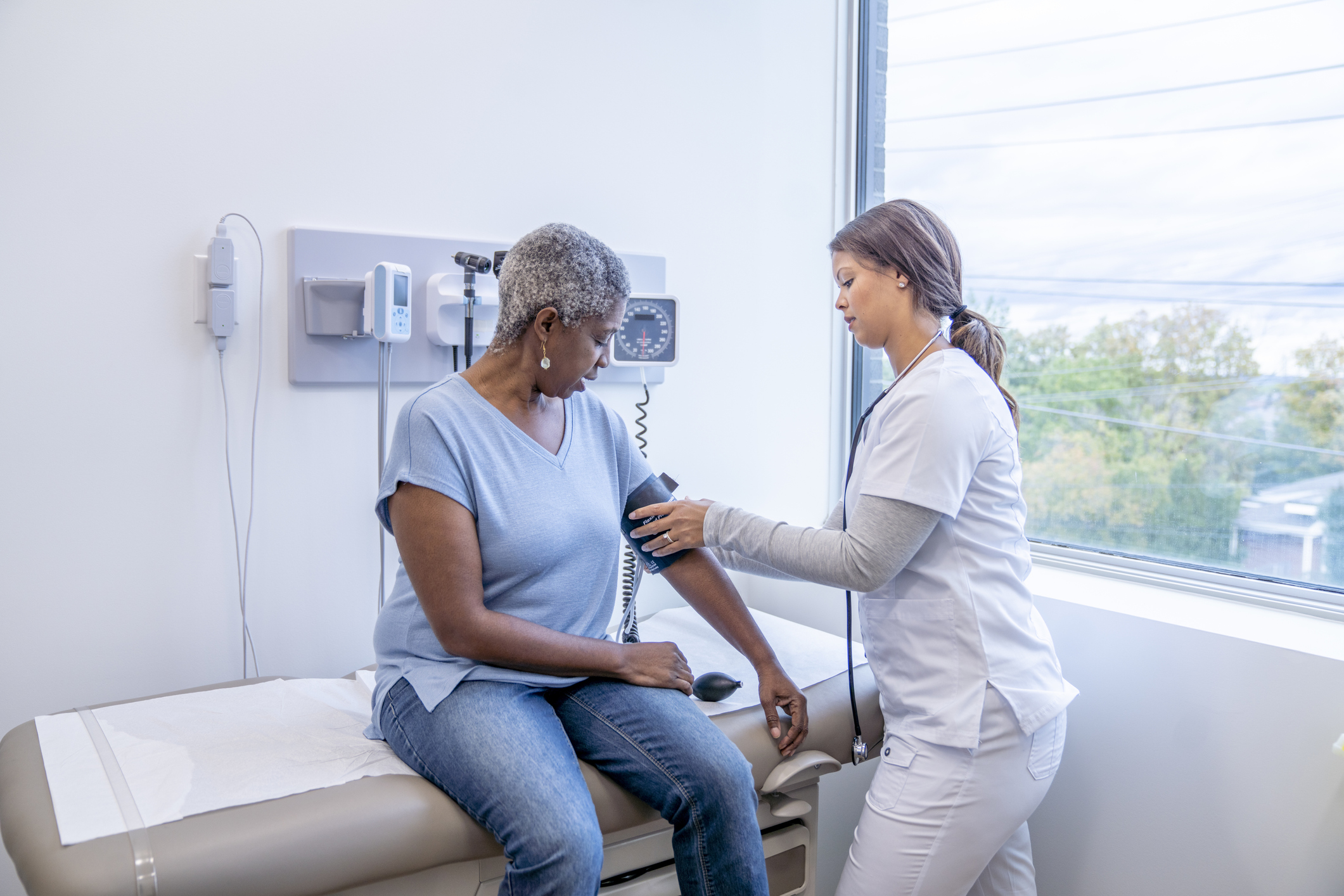Vital signs are a reflection of your health. As a medical assistant, you’ll take patients’ temperature, blood pressure, heart rate and more at the start of each visit. Among your most essential roles, it gives doctors the information they need to make sound treatment decisions. The clinical value can’t be overstated.
What Does a Medical Assistant Do?
Medical assistants manage a broad range of clinical and administrative tasks in doctor’s offices, hospitals, and clinics.
Their primary duties include:
- Managing the schedule
- Triaging clinical phone calls
- Rooming patients
- Assisting with procedures
- Giving medications
- Administering injections
- Performing diagnostic tests
- Collecting laboratory specimens
- Phlebotomy
- Billing and coding
- Ordering supplies
- Disinfecting equipment
- Client education
But among their most important responsibilities is taking vital signs.
What Vital Signs Do Medical Assistants Take?
Medical assistants take at least four primary vital signs at most visits plus up to three secondary vital signs based on the doctor’s and patient’s needs.
The four primary vital signs are:
Temperature
A healthy adult body temperature ranges from 97-99.9 degrees Fahrenheit and 36.5-37.7 degrees Celsius depending on the method used.
An oral temperature is the most accurate and patient-friendly, but tympanic readings taken in the ear or a temporal temperature obtained with a forehead thermometer are close seconds. You’ll learn each method in a vocational school medical assisting program.
Pulse
Pulse, or heart rate, measures the number of heartbeats per minute. Each time the heart pumps blood, the expansion and contraction of blood vessels cause a pulsation in the arteries near the skin’s surface on the wrist, neck, foot, and thigh. The radial artery just above the thumb is the most accessible.
A healthy adult’s pulse ranges from 55 to 100 beats per minute while an infant’s normal heart rate is as high as 180 beats per minute.
Heart rate is measured by counting pulsations for 15 seconds and multiplying the results by four. The pulse should be counted for an entire minute if the heart rate is irregular.
Respiratory Rate
Measured at rest, the respiratory rate is the number of breaths a patient takes per minute. Medical assistants count breaths while clients are unaware to avoid anxiety-related changes.
Infants have the highest respiratory rate at 30-60 breaths per minute. Adult respirations average 12-16.
Blood Pressure
Blood pressure is the amount of force blood exerts against arterial walls. It’s reported as a single measurement with two components, the systolic blood pressure when the heart contracts over the diastolic blood pressure when the heart is relaxed.
Readings are noted in millimeters of mercury, or “mm Hg,” reflecting the movement of mercury in conventional blood pressure devices called sphygmomanometers. You’ll learn to use one in school, but most blood pressure devices today are digital.
Secondary vital signs are additional measurements medical assistants take based on the setting they work in and the situation.
They include:
Height
Height decreases over time as changes in bone and muscle mass shrink the spinal column. It’s a normal process to a certain extent, but extreme bone loss can cause abnormal curvatures in the spine and lead to fractures.
In most practices, height is measured at a patient’s annual physical. The technique is critical because changes in height are subtle. It’s important to use the same method every year.
Weight
Weight may be checked annually or at each visit depending on the patient’s health. For most people, trends matter more than individual readings, but for cardiac patients, a gain or loss of a pound is significant. Like measuring height, accuracy is critical, so use the same method consistently.
Peripheral Oxygen Saturation
Peripheral oxygen saturation is the percentage of oxygen in the soft tissues furthest from the heart. It’s a good indicator of circulatory function. Checked with a fingertip pulse oximeter, a device that uses light to measure blood oxygen concentration, readings of over 92 percent are normal.
Why are Vital Signs Important for Medical Assistants?
Learning how to take vital signs is an important skill for a medical assistant to learn. Vital signs help doctors:
Establish a Health Baseline
Vital signs have wide normal ranges. So, before providers can know what’s abnormal for patients, they must first know what’s normal. That’s why medical assistants take vital signs at every visit. Every point of reference is one doctors can use to understand changes in their patients’ health.
Diagnose Illness
Changes in vital signs are among the first symptoms of an acute illness. A high body temperature and elevated heart rate, for example, suggest infection while a low peripheral oxygen saturation points to respiratory failure.
Identify Risk Factors
Over time, changes in vital signs can signal trouble. One high blood pressure reading, for example, is rarely significant. However, elevated readings over six months suggest hypertension, a primary disorder that if not treated promptly can cause organ failure.
From heart disease to diabetes, the most serious conditions cause changes in vital signs. Early detection allows for early treatment and better clinical outcomes.
Calculate Medication Dosages
Many drugs are prescribed based on Body Mass Index. Other dosages are calculated based on blood pressure, heart rate, or peripheral oxygen saturation.
Some heart medications, for example, are taken or withheld based on heart rate. As a medical assistant, you’ll not only take vital signs for the doctor’s use, you’ll teach patients how to take readings at home.
And some treatments, such as medical oxygen, may not be covered by insurance unless the patient meets strict clinical criteria, such as peripheral oxygen readings below 90%.
Monitor the Impact of Treatments
The best way to know if a treatment is working is to measure its effects. Not all therapies are equally effective for all people.
If a patient’s blood pressure remains high despite positive lifestyle changes, the doctor may consider prescribing medication. However, all changes in therapy are data-driven, so accurate vital signs are critical.
Final Thoughts
Taking accurate vital signs is among a medical assistant’s most valuable contributions to their patient’s wellness. It’s the foundation upon which quality care is built.
Want to Learn More?
Ready to learn more about taking vital signs as a medical assistant? The Medical Assistant Training Program at CyberTex Institute of Technology takes great care of you by providing hands-on training, practical experience and the support it takes to get started in a medical assisting career without spending years in school. You will learn the basics of both clinical and administrative skills, and prepare to work in physician’s offices, hospitals, and other medical facilities.
Contact us today to learn more about our Austin and Killeen campuses.





